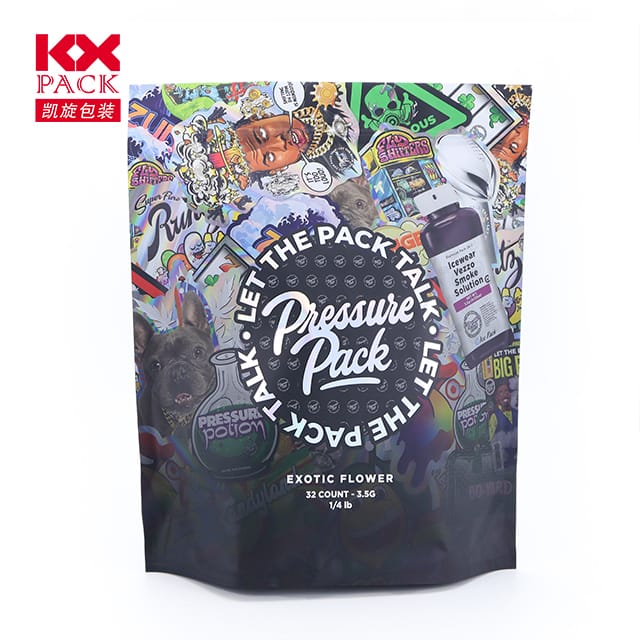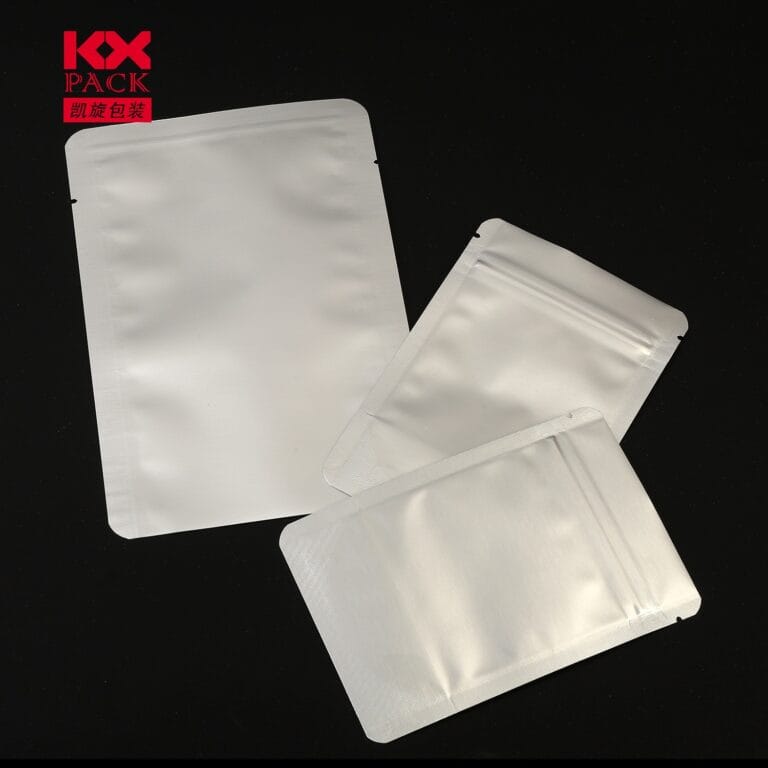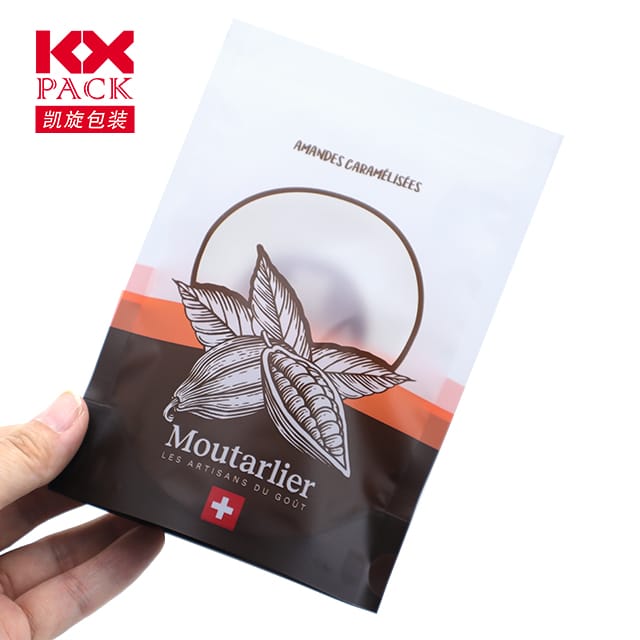Еволуција и утицај флексибилних филмова у паковању хране: Одржива револуција (3)
Флексибилни филмови
У данашњем свету који се брзо развија, Паковање на храну више није само о спремање - то је наука која бави се очување, практичност, и одрживост. Међу иновацијама које возе ову трансформацију, Флексибилни филмови have emerged as a game-changer in food packaging. Лаган, свестран, и прилагодљив, Ови материјали се преобликовају како штитимо, превоз, и конзумира храну. Let’s dive into why flexible films are revolutionizing the industry and what their future holds.
Који су флексибилни филмови?
Flexible films are thin, pliable materials made from polymers like polyethylene (ПЕ), полипропилен (ПП), полиестер (КУЋНИ ЉУБИМАЦ), and biodegradable alternatives such as PLA (Полилактичка киселина). These films can be laminated, coated, or printed to create packaging solutions tailored for specific food products—from snacks and fresh produce to frozen meals and beverages.
Their key advantages? Lightweight construction reduces shipping emissions, customizable barrier properties extend shelf life, иflexibility allows for efficient use of space in packaging designs.
Why Are Flexible Films Dominating Food Packaging?
- Enhanced Shelf Life
Flexible films can be engineered with oxygen, влаге, and light barriers to prevent spoilage. На пример, high-barrier laminates keep coffee fresh, while modified atmosphere packaging (Мапа) films extend the shelf life of meat and cheese. - Sustainability Gains
Traditional rigid packaging often uses more material and generates higher waste. Flexible films, by contrast, require fewer resources to produce and transport. Додатно, advancements in recyclable and compostable films (Нпр., bio-based PLA or mono-material PE structures) are reducing plastic pollution. - Погодност & Иновативност
Resealable zippers, easy-tear openings, and stand-up pouches make flexible packaging consumer-friendly. Brands like snack companies and ready-meal producers leverage these features to enhance user experience. - Ефикасност трошкова
Lighter materials mean lower shipping costs, and the ability to form-fill-seal (FFS) on high-speed machinery boosts production efficiency.
Изазови & Тхе Роад Ахеад
Despite their benefits, flexible films face hurdles:
- Recyclability Complexity: Multi-layer laminates (Нпр., ПЕТ/АЛ/ПЕ) are hard to recycle.
- Перцепција потрошача: Some still associate plastics with waste, even if innovations like chemical recycling or compostable films exist.
Solutions on the Horizon:
- Mono-Material Structures: Using a single polymer type (Нпр., све-пе торбице) improves recyclability.
- Биоразградиви филмови: Made from renewable resources, these break down naturally, though scalability remains a challenge.
- Паметно паковање: Integrating sensors or QR codes into films to track freshness and reduce waste.
Будућност је флексибилна
The global flexible packaging market is projected to reach$250 милијарди по 2028, driven by e-commerce growth and sustainability mandates. Brands are increasingly prioritizingcircular design—creating packaging that’s recyclable, reusable, or compostable by design.
As consumers demand eco-friendly options without sacrificing convenience, flexible films will play a pivotal role in bridging the gap. The next frontier? Иновације волејестиви филмови (made from seaweed or starch) илиself-healing materials that further minimize waste.
Закључак
Flexible films are more than just packaging—they’re a testament to human ingenuity in solving modern challenges. By balancing functionality, одрживост, and affordability, they’re not just protecting food but also our planet. Како технолошка напредује, one thing is clear: the future of food packaging is flexible, and it’s here to stay.
What’s your take on flexible films? Поделите своје мисли у коментарима испод! 🌱🍱
Кључне речи: Флексибилни филмови, food packaging, одрживост, рок трајања, биоразградив, рециклабилно, circular economy






